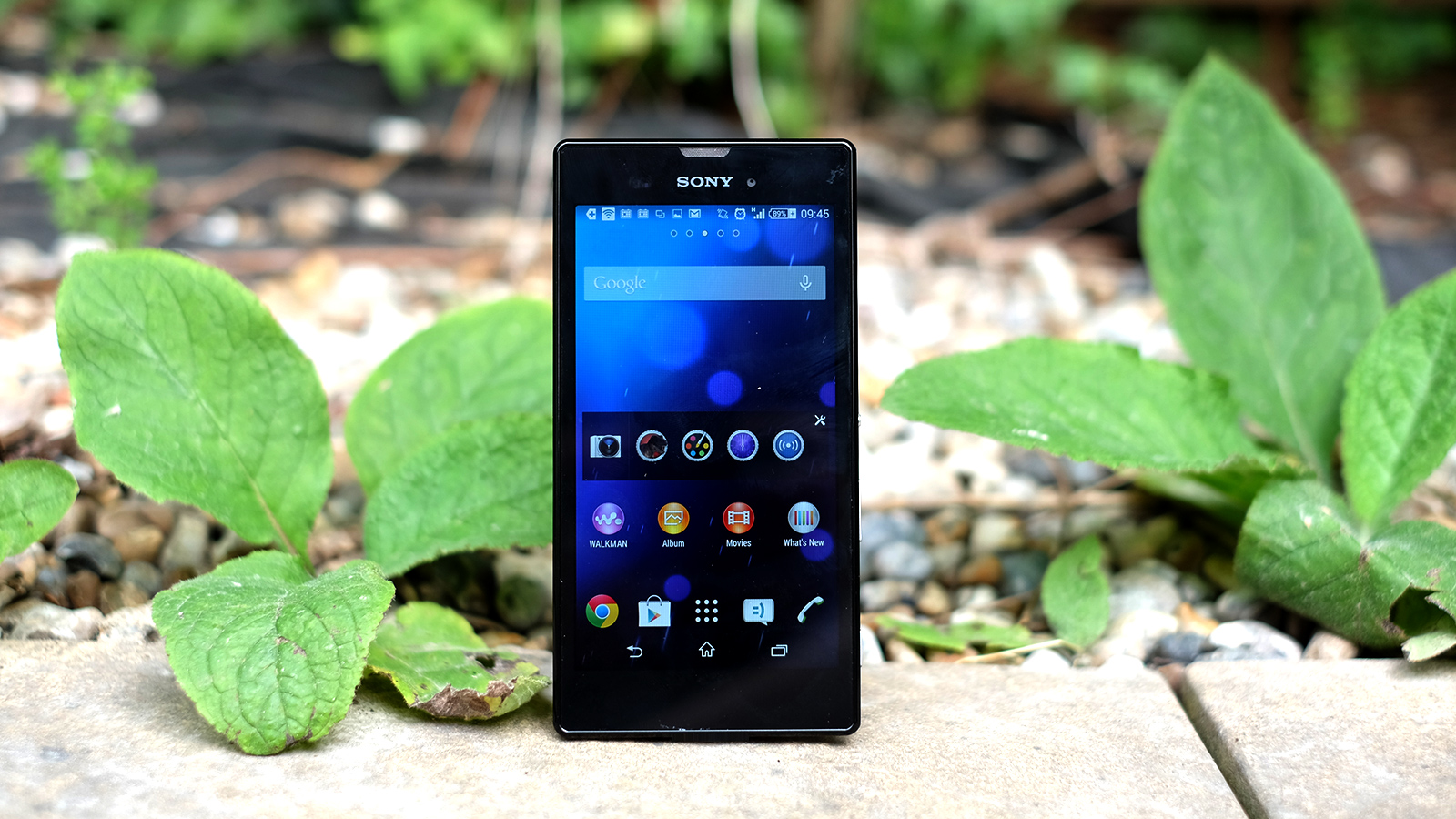TechRadar Verdict
There are some attractive features, such as the UI, on the Xperia T3 but the price just isn't right when compared to this year's mid range competition, and last years now reasonably priced flagships.
Pros
- +
Good contrast and colour
- +
Attractive UI
- +
Slim body
Cons
- -
Poor value for money
- -
Disappointing resolution
- -
Limited storage
Why you can trust TechRadar
The Sony Xperia T3 is a large phone. With a 5.3-inch screen it has a similar size display to the 5.2-inch Xperia Z2, Sony's flagship Android for 2014.
However, it doesn't have a sky-high price to match. The aim of this model is to give you the scale of one of the top-end phones, while chipping away at the specs to cut down costs.
Last year, this phone's sibling the Xperia T2 Ultra tried a similar trick, but overdid the recipe with a huge 6-inch screen, becoming the phone no one wanted to hold. But this one stays a much more normal size, making it a good deal easier to handle.
There's one question that matters most: has it been priced right? The Sony Xperia T3 has none of the flashiness of the top Sony phones, but still costs £300 (US/AUS price TBC) SIM-free.
Not only is that twice the price of the similarly-specced 4G Motorola Moto G and a good chunk above the expected price of the reportedly 5-inch Moto G 2, it's more than some of last year's top phones, which are still available to buy.
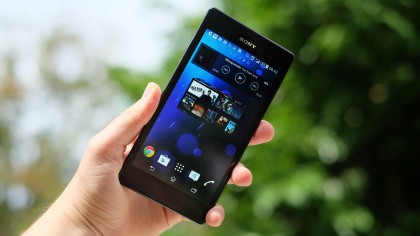
With much more powerful phones like the Google Nexus 5 and LG G2 are still going strong for between £250 and £300 there's little room for a mobile like the Sony Xperia T3.
A bit expensive? Definitely. However, if you manage to snag yourself a deal on contract, there's actually very little to seriously dislike about the Sony Xperia T3.
The Sony Xperia T3 is a cut-price take on the Xperia Z2, Sony's Android monster. You get a bit of metal trim on the sides for the characteristic Xperia look, but they're just thin little inlays where as the Z2 is a predominantly metal-bodied phone.
This one is plastic, and lacks the glass back of its big brother too. The result is a lower-key look, but not one that's in any way bad.
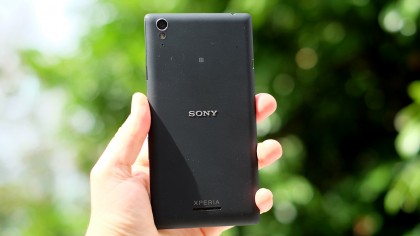
The Sony Xperia T3 has a two-tone silver and black design, and its key calling card is how slim it is. At 7mm thick it's one of the slimmest phones in town. Sony boasts it's the thinnest in its size class.
Slight plastic bloom around the edges and a slightly bigger screen gives the Xperia T3 a marginally wider footprint than the Xperia Z2, but because it's a good 1.2mm thinner it may be easier to handle.
We complained that Sony's flagship could feel a bit awkward thanks to its big, blocky design, but the curved-back shape of the Xperia T3 is slightly more accessible.
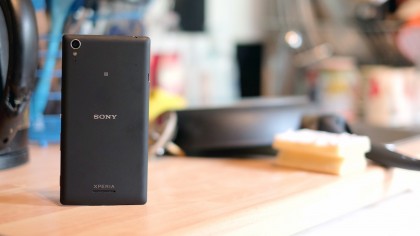
I also found that a soft-touch plastic phone feels a lot less likely to fracture in a million pieces should you drop it, unlike the Xperia Z2's glass back.
As ever with a large phone, though, try it out on the high street if you can. It'll still be simply too big for some of you.
Like Sony's other mid-range and high-end Xperia phones, the Sony Xperia T3 does not let you get access to its insides. The back is sealed.
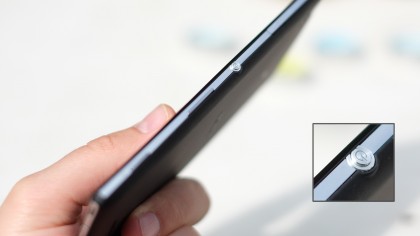
You get into the microSD and microSIM slots using a flap on the side of the phone, and there's an exposed microUSB slot on the other. This is a dead giveaway that the Xperia T3 does not have any form of waterproofing.
It does, however, have elements of Sony's usual Omnibalance design. The power key sits right in the middle of one side, making it easy to access, and the volume buttons sit below, where they'd usually be above in a smaller phone.
All the buttons are easy to access, minimising the possible negative effects of a phone this big. Sony just about gets away with it and it's impressive stuff.
You also get a physical camera button, something not all that common in Android phones these days.
Andrew is a freelance journalist and has been writing and editing for some of the UK's top tech and lifestyle publications including TrustedReviews, Stuff, T3, TechRadar, Lifehacker and others.
